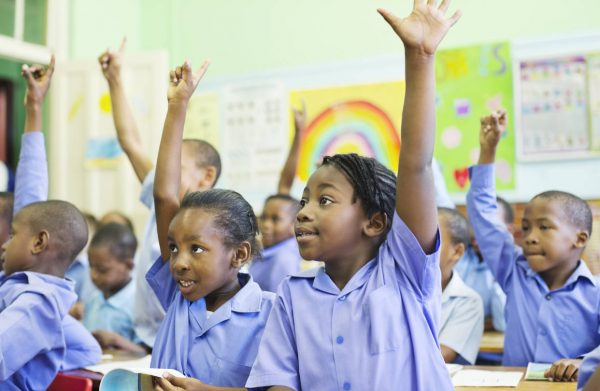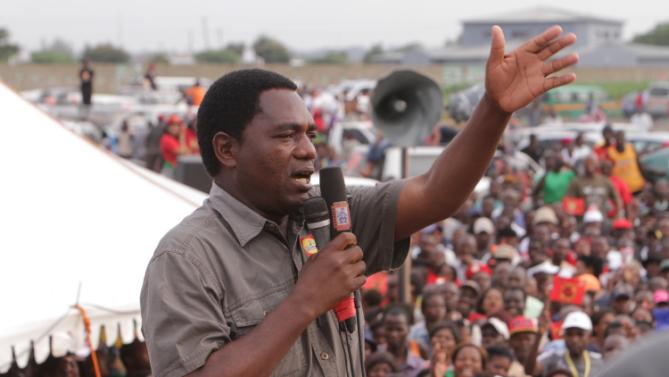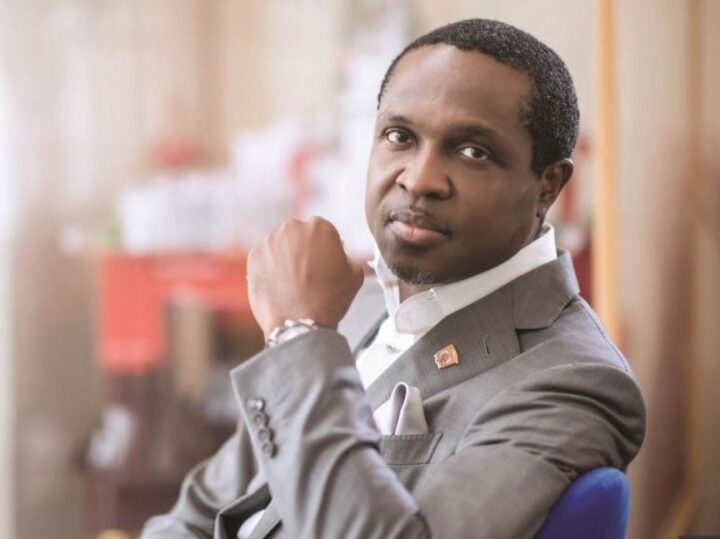The media space is awash with pictures, videos and interviews that include children, and often in violation of the child rights act, including their right to protection, dignity and privacy.
While journalists and media professional alike are often guilty of unethical reporting of children and their issues, the situation is aggravated with the proliferation of social media platforms that make picture and video sharing so easy, causing children to be exposed to ridicule and taunting.
Across pictures and video sharing platforms, across online media websites and blogs, pictures of children are plastered without recourse to their rights to privacy and consent. The videos are shared even without parental or adult guidance and permission, with caption that are less than dignified and memes poking fun at the kids.
Often times, journalists will interview children who obviously cannot understand the implication or consequences of the interviews. And journalists will go ahead to publish stories that demean the personhood of children.
Advertisement
On online text messaging platform -WhatsApp, child pornography is freely shared under the guise of educating adults to carefully watch their kids.
But child pornography and distribution, solicited or unsolicited, is a crime and is punishable with jail terms and fines for the reasons that it exposes children to harm and a life time of stigmatisation.
Also, every time an act sexual abuse itself, or child pornography is shared, predators are able to add to their stack of young children being assaulted. If the videos remain in circulation the victim of abuse is continually victimised, exploited and stigmatised.
Advertisement
As a quick reminder to content producers and consumers as well, here are the UNICEF principle and guidelines to uphold in representing children in the media.
The UNICEF’s principle emphasizes the need to for content producers to never put children at risk in their portray in the media. It also helps journalists report children issues without compromising their right and to serve public interest.
The six principles from UNICEF
- Respect the dignity and rights of every child in every circumstance.
- In interviewing (and reporting on) children, pay special attention to each child’s right to privacy and confidentiality, to have their opinions heard, to participate in decisions affecting them and to be protected from harm and retribution.
- Protect the best interests of each child over any other consideration, including advocacy for children’s issues and the promotion of child rights.
- When trying to determine the best interests of a child, give due weight to the child’s right to have their views taken into account in accordance with their age and maturity.
- Consult those closest to the child’s situation and best able to assess it about the political, social and cultural ramifications of any reportage.
- Do not publish a story or an image that might put the child, their siblings or peers at risk, even when their identities are changed, obscured or not used.
Interview guidelines from UNICEF
Advertisement
- Do no harm to any child; avoid questions, attitudes or comments that are judgemental, insensitive to cultural values, that place a child in danger or expose a child to humiliation, or that reactivate the pain of traumatic events.
- Do not discriminate in choosing children to interview because of their sex, race, age, religion, status, educational background or physical abilities.
- No staging: do not ask children to tell a story or take an action that is not part of their own history.
- Ensure that the child or guardian knows they are talking to a reporter. Explain the purpose of the interview and its intended use.
- Obtain permission from the child and his or her guardian for all interviews, videotaping and, when possible, for documentary photographs. When possible and appropriate, this permission should be in writing. Permission must be obtained in circumstances that ensure that the child and guardian are not coerced in any way and that they understand that they are part of a story that might be disseminated locally and globally. This is usually only ensured if the permission is obtained in the child’s language and if the decision is made in consultation with an adult the child trusts.
- Pay attention to where and how the child is interviewed. Limit the number of interviewers and photographers. Try to make certain that children are comfortable and able to tell their story without outside pressure, including from the interviewer. In film, video and radio interviews, consider what the choice of visual or audio background might imply about the child and her or his life and story. Ensure that the child would not be endangered or adversely affected by showing their home, community or general whereabouts.
Guideline on reporting children from UNICEF
- Do not further stigmatize any child; avoid categorizations or descriptions that expose a child to negative reprisals – including additional physical or psychological harm, or to lifelong abuse, discrimination or rejection by their local communities.
- Always provide an accurate context for the child’s story or image.
- Always change the name and obscure the visual identity of any child who is identified as:
– a victim of sexual abuse or exploitation
– a perpetrator of physical or sexual abuse
– HIV positive, or living with AIDS, unless the child, a parent or a guardian gives fully informed consent
– charged or convicted of a crime. - In certain circumstances of risk or potential risk of harm or retribution, change the name and obscure the visual identity of any child who is identified as:
– a current or former child combatant
– an asylum seeker, a refugee or an internally displaced person. - In certain cases, using a child’s identity (their name and/or recognizable image) is in the child’s best interests. However, when the child’s identity is used, they must still be protected against harm and supported in the event of any stigmatization or reprisals. For example:
– when a child initiates contact with a reporter, wanting to exercise their right to freedom of expression and their right to have their opinion heard
– when a child is part of a sustained programme of activism or social mobilization and wants to be identified as such
– when a child is engaged in a psychosocial programme and claiming their name and identity is part of their healthy development. - Confirm the accuracy of what the child has to say, either with other children or an adult, preferably with both.
- When in doubt about whether a child is at risk, report on the general situation for children rather than on an individual child, no matter how newsworthy the story.
Views expressed by contributors are strictly personal and not of TheCable.





